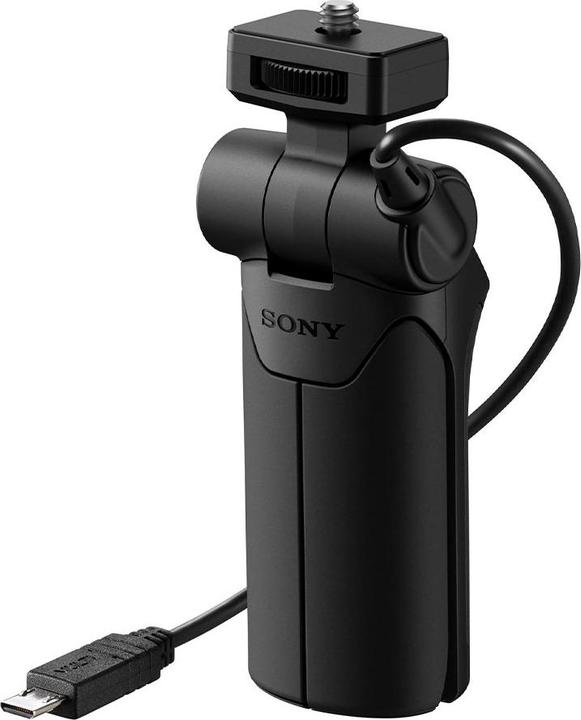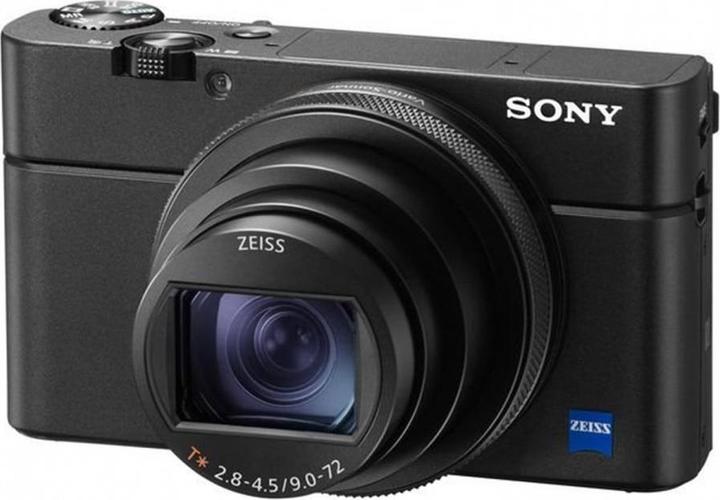
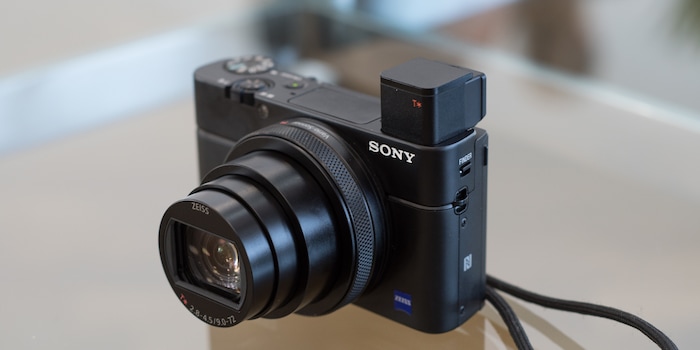
Sony RX100 number six: a lot more zoom, but also a lot more expensive
Sony has launched a new edition of the RX100 compact camera. It offers much more zoom than its predecessors while remaining compact, and it also has a large sensor. But all this comes at a price.
Nowadays, photography is mainly divided into two areas: either you take snapshots with your phone, or you really want to take pictures and unpack the real, big, high-performance camera. Most compact cameras fall between two chairs here.
So compact cameras are no longer just a niche. They're just still interesting if they offer a lot more possibilities than the smartphone camera. And that's what the RX100 has been doing for a long time. Its hallmarks are a 1-inch sensor and a very bright lens in a pocket format. Since version III, a retractable electronic viewfinder has also been integrated.
With the sixth edition of the RX100 (top left), Sony has dared a big change: the lens offers much more zoom, but is less bright. This makes sense, because smartphones can't zoom, but have recently been equipped with increasingly powerful lenses. It also makes sense because the compact camera should be a universal companion that replaces the big camera in as many cases as possible. The zoom range that the RX100 had until now (24-70mm, equivalent to 35mm cameras), wasn't enough for many applications.
The tests allow us to see if the images are really that good with the maximum zoom (200mm) and a light intensity of f/4.5. It all depends on the sensor, the design of the lens, but also the image stabiliser. I've had a chance to play around with a pre-sample and my test shots look pretty promising.
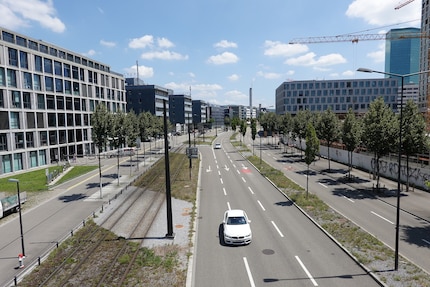
A quick aside: the problem of the high zoom factor
You may have already wondered why the most expensive compact cameras are precisely those with the least zoom. Normally, these are the ones that should have the best specs.
The general rule is this: a lot of zoom is possible, but at the expense of image quality. Not always, but it tends to be for a number of reasons:
- a lens with a large zoom range has a more complicated glass construction. This can lead to losses in quality, particularly if the lens also needs to be cheap and light.
- a lens with a long zoom range is generally less bright, especially in the telephoto range, where it would be particularly important.
- cameras with a lot of zoom usually have a small sensor. It is physically much easier to change the crop on a small sensor than on a large one.
Which of these points applies to the Sony RX100 VI?
No.1: we're not sure yet, but a cheap build would be a scandal at this price.
No2: yes, the light intensity has decreased compared to its predecessor (1:1.8-1:2.8).
No3: no, the 1-inch sensor is very large for a compact camera.
Vlogging more simply
Filming yourself is generally much easier with your mobile phone. With the camera, the controls are on the wrong side, and, depending on the movement of the screen, you may not see yourself while shooting.
The new edition of the RX100 has a touchscreen (which it hasn't had until now). As it can be tilted 180 degrees (as before), you can use it to shoot yourself with the controls on the right side.
Sony now also offers a touchscreen that can be tilted up to 180 degrees.
Sony now also offers this accessory for the RX100, which can be used as a tripod and grip, and also has control buttons for start, stop, zoom and shutter release. This could make vlogging even simpler.
The camera has no audio input, but it masters 4K without pixel binning (the entire sensor is used).
Responsive
According to Sony, the autofocus has been greatly optimised. Eyes are automatically recognised and focused. According to the manufacturer, the autofocus is very fast and offers automatic subject tracking. There are 24 frames per second with autofocus tracking.
With a telephoto lens, the camera can even be used to photograph sport and wildlife. But, here too, you need to do a test first to see a bit more clearly. After my first photos, I'm fairly optimistic that it's possible.
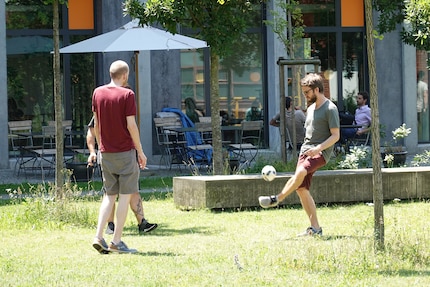
By the way: when the viewfinder comes out, it goes straight into the right position.
New is expensive - but older models still exist
The RX100 has never been cheap. But with the current price, Sony is really taking risks by going for exorbitant prices. As if this isn't a compact camera, but a James Bond gimmick handcrafted by Q.
If you don't want to spend that much: the old RX100s are still available - even the very first version. At significantly lower prices, of course. Find a comparison of prices and features for all models here.
My interest in IT and writing landed me in tech journalism early on (2000). I want to know how we can use technology without being used. Outside of the office, I’m a keen musician who makes up for lacking talent with excessive enthusiasm.
From the latest iPhone to the return of 80s fashion. The editorial team will help you make sense of it all.
Show all

